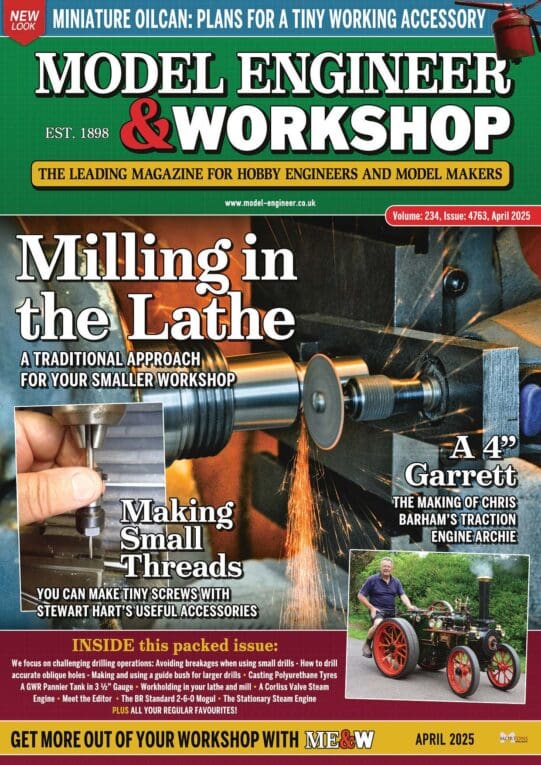I had a screw I couldn't get out and it was going to be difficult to get one that matched. I ordered a left hand drill from Drill Services stuck it into the electric hand drill, lots of pressure and fired it up. Much to my amazement it immediately unsrewed and hardly damaged the screw at all. A large hardened JIS head, I keep meaning to order a couple of other sizes. They seem to hard and are end ground.
I have removed small broken studs with a Dremel and cutting disc. Usually deep enough to get a neon screw driver well in. Biggest problem is making sure the bits of cutting disk don't hit me or some one else. The trajectory is consistent. A LH drill might be easier. Maybe followed by a LH tap or tiny screw extractor. Probably best to use a left hand drill and loctite a bit of bar in, bent if needed. I have managed to remove a rather large rounded off hex headed plug by drilling 2 holes and fitting dowels and then closing an adjustable spanner over them. I had to add a 3ft or more length of tube to get enough leverage. That nearly needed my body weight.
 Drill a head off with a rh hand drill and sometimes the head shears off. If not it's been tightened pretty firmly – head against a surface so the remaining part aught to be loose when the head is drilled off.
Drill a head off with a rh hand drill and sometimes the head shears off. If not it's been tightened pretty firmly – head against a surface so the remaining part aught to be loose when the head is drilled off.
If some one has one an oxy acetylene torch is unbelievably effective at loosening rusty bolts. The head of a bolt heats to red very quickly. Do that and they unscrew easily.
As mentioned put the driver in and give it a hefty whack with a hammer. That often loosens screwS, popular when slot heads were cut for fixings, also hollow ground blades. The hollow only needs to be a few thou.
There is a couple of problems with small hex sockets – wrenches made out of air hardening toffee and it's interesting to measure the actual size on a lot of them. They are supposed to fit rather precisely in very small screws. Best thing to do is change them to torx while the wrench still works.
John
–
Hopper.




